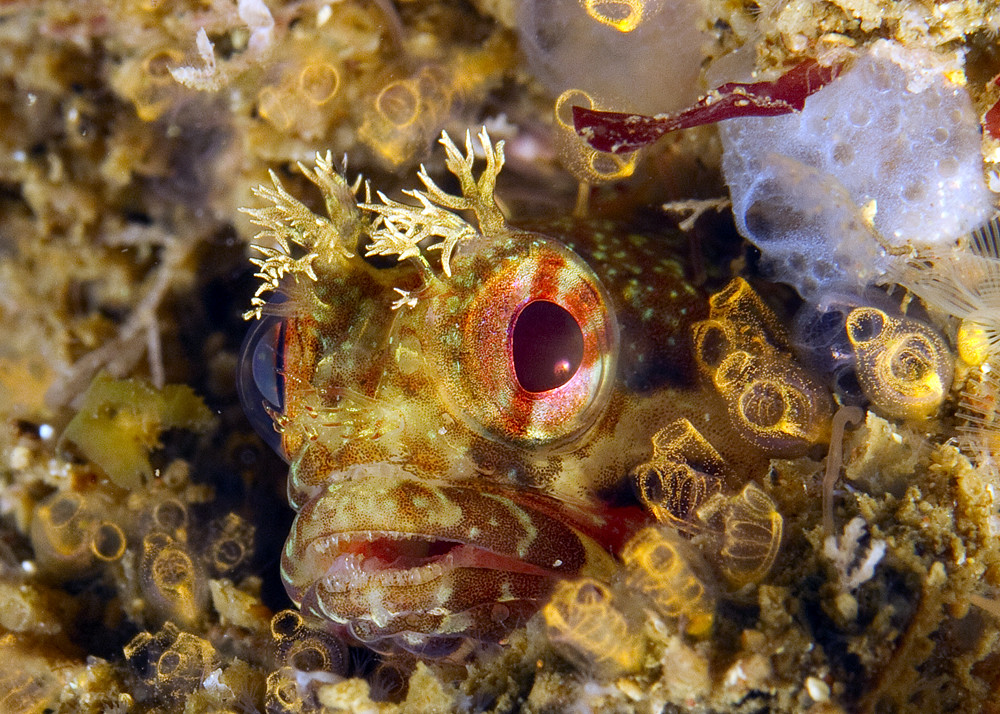I use the MM and have had no issues with them, but they must be blue when installed and you need to load the camera and install them preferably the evening before the dive so that they have time to absorb the moisture from the internal housing and from INSIDE the camera. The camera get's warm during use driving off moisture and as well warming the air inside the housing. If there is free moisture in the housing there is the opportunity for fogging.
An air conditioned room or even a blast of dry air from a tank can help just before closing up. (Oh, when I say blast, I don't mean an explosive "blast" OK).
Good luck.
N
An air conditioned room or even a blast of dry air from a tank can help just before closing up. (Oh, when I say blast, I don't mean an explosive "blast" OK).
Good luck.
N





